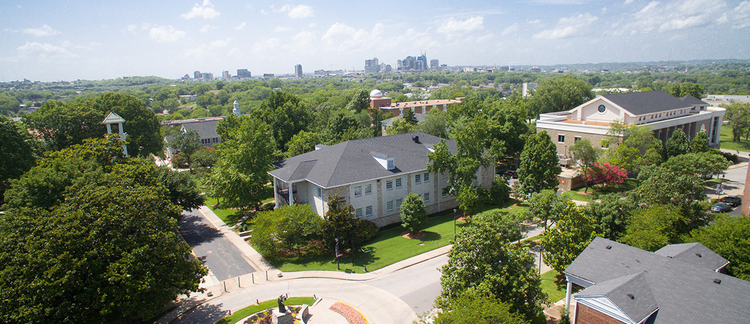Abstract
Students create and fly experiments up to 30 km altitude using a low-cost balloon High-Altitude Research Platform (HARP) greatly advance understanding in introductory astronomy, general education, and advanced classes in engineering, physics, and meteorology. ln order to effectively utilize this capability various class and lab formats have been implemented. We typically use four to five lab periods for the HARP program where students research their team project first in concept, second design with some building, third complete fabrication and calibration, and finally launch, data analysis and presentation. Usually students will have a creative experiment (can fail) and a Basic experiment (often works). Learning objectives include the scientific method, data analysis, understanding the environment, interpretation of data, and team presentation. Various curriculum plans and syllabi will be compared with some assessment results. Remote sensing above 98% of the uncharted atmosphere (NearSpace) using cameras, intensifiers, IR and UV sensors provide access to the heavens and large regions of the earth below. lnsitu and limb atmospheric gas measurements, near-space stratosphere measurements/microbes, and cosmic rays engage students in areas from planetary atmospheres, exo-origins research, and to supernova acceleration. The HARP program provides an engaging laboratory, gives challenging STEM field experiences, reaches students from diverse backgrounds, encourages collaboration among science faculty, and provides quantitative assessment of the learning outcomes. Over a 10-year period Taylor University has successfully launched and recovered over 275 HARP systems. The many launches in a short period of time allowed the payload bus design to evolve toward increased performance, reliability, standardization, simplicity, and modularity for low-cost launch services.
How to Cite:
Voss, H. D. & Dailey, J. F., (2012) “High-Altitude Balloon Curriculum and Hands-On Sensors for Effective Student Learning in Astronomy and STEM”, Academic High Altitude Conference 2012(1), 123–132. doi: https://doi.org//ahac.8337
Downloads:
Download Paper (PDF)
View PDF

